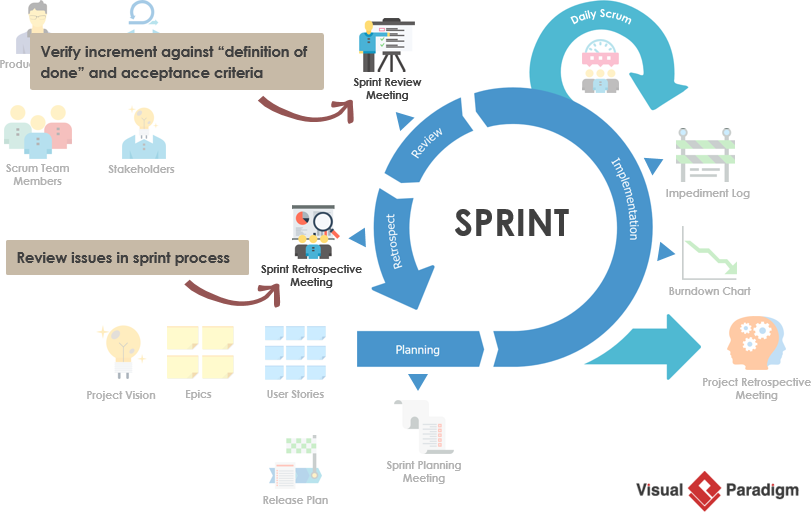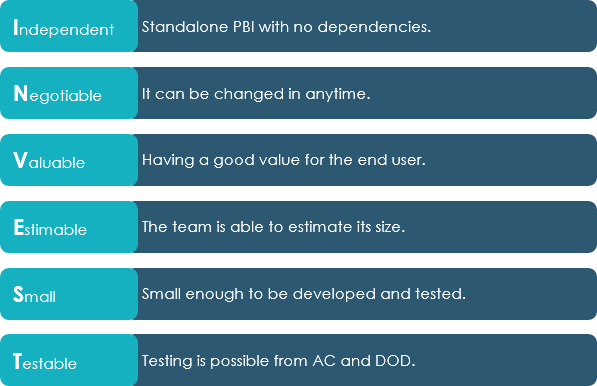LeSS is a lightweight, Agile framework for scaling Scrum to more than one team. Starting in 2005 Bas Vodde and Craig Larman developed the LeSS framework after using Scrum principles and rules on large scale projects. Their goal was to develop large scale projects successfully while staying within the constraints of Scrum.
Continue reading








